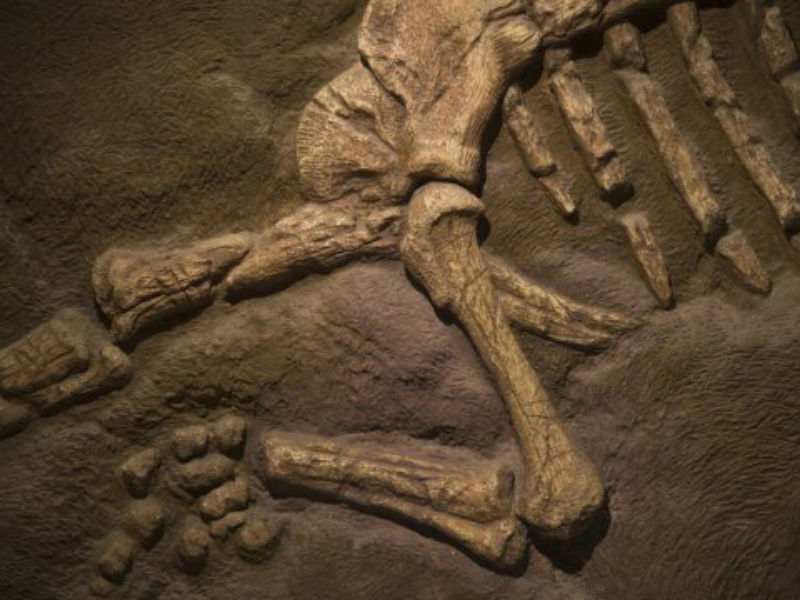
Laser-stimulated Fluorescence: Detailed impression of dinosaurs revealed
In a breakthrough involving the dinosaurs, a team of scientists and paleontologists have found new details to the dinosaur flesh. So far, everything we know about these ancient creatures is through their fossils preserved by time. And the fossils themselves gave no clue about the soft tissues or flesh of these animals since so far they have been majorly in the form of bones, teeth, etc. without any evidence of any soft tissues. This is so because dinosaur flesh degraded away quickly after the creature’s death before it could be fossilized.
To get the detailed impression of how the dinosaurs looked like paleontologists needed a little more than just bones and foot imprints. There was no doubt that birds are somehow related to these giant ancient creatures and more so, so of the dinosaurs were also airborne.
One of the most famous dinosaurs that were capable of taking to the air was the Microraptor, Anchiornis Huxley, and Archaeopteryx. Archaeopteryx has been directly linked to the birds of the present day, and the entire class of these flight-capable dinosaurs is called Paravians.
This new technique is called the laser-stimulated fluorescence and has been applied to the fossilized specimens belonging to Anchiornis genus thereby finding traces of soft tissues that was previously not found. Using the new technique devised by this team of researchers, the almost-invisible impressions of the soft tissues that are left on the fossil could now be used to build a detailed picture of the creature. They have been shown to have black-grey plumage and white feathers on their arms and legs. The picture would also help the scientists to know how exactly these giant creatures took to the air in spite of their large size. In the last couple of years, the findings in this direction coupled with the advancement of technology has enabled the scientists to know the nature, pigmentation patterns and other details regarding dinosaur skin and feathers.


